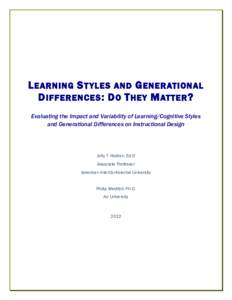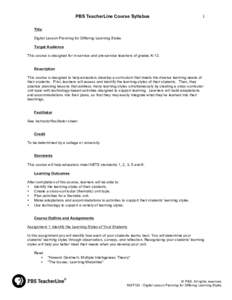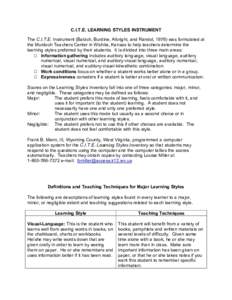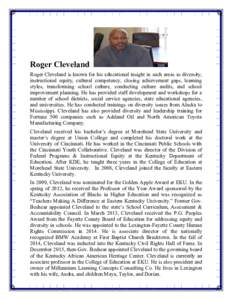 Date: 2014-12-18 10:33:48Education reform Education policy Philosophy of education Inclusion Special education Royal Academy of Dance Learning styles Dance Education Educational psychology Disability | |  Dance Inclusion Strategies: Grade 8 Model Cornerstone Assessment VSA/Accessibility The John F. Kennedy Center for the Performing Arts Jenny Seham, Pamela Van Gilder General Guidelines– Inclusion in Dance Education Dance Inclusion Strategies: Grade 8 Model Cornerstone Assessment VSA/Accessibility The John F. Kennedy Center for the Performing Arts Jenny Seham, Pamela Van Gilder General Guidelines– Inclusion in Dance Education
Add to Reading ListSource URL: www.nationalartsstandards.orgDownload Document from Source Website File Size: 42,63 KBShare Document on Facebook
|

 Dance Inclusion Strategies: Grade 8 Model Cornerstone Assessment VSA/Accessibility The John F. Kennedy Center for the Performing Arts Jenny Seham, Pamela Van Gilder General Guidelines– Inclusion in Dance Education
Dance Inclusion Strategies: Grade 8 Model Cornerstone Assessment VSA/Accessibility The John F. Kennedy Center for the Performing Arts Jenny Seham, Pamela Van Gilder General Guidelines– Inclusion in Dance Education



